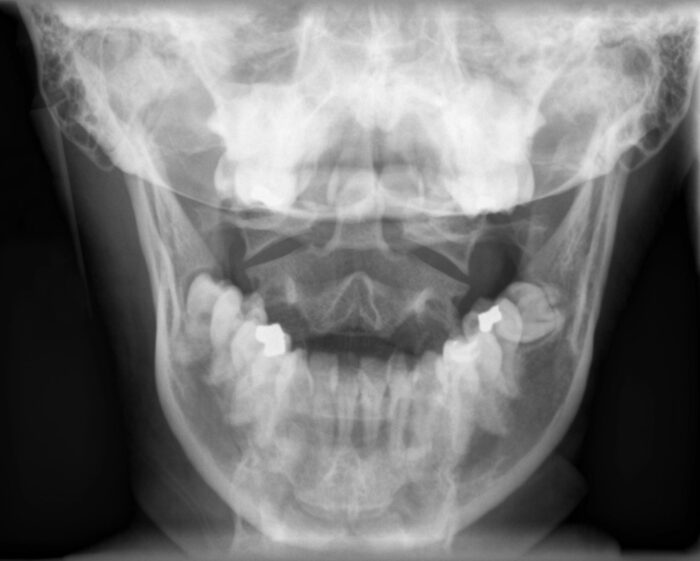How has Technology Enhanced Oral Surgery?
Technology has updated so many areas of life today, and that includes dental procedures. To illustrate this point, here are some of the latest tech advances in oral surgery. Digital X-Rays
Digital X-Rays
Digital x-rays have progressed a lot, and there are now a range of types available to dentists. 3D x-rays, for example, provide a dental professional with the important knowledge about the bone width and height so they can tell whether you are a good candidate for a dental implant right now.
Furthermore, panoramic dental x-rays, which are usually taken every 3-5 years, provide insights into abnormalities to help experts spot any issues before they get more serious. For instance, a dentist might notice abnormal bone density and look at possible oral surgery options.
The dentist can zoom into certain areas of the digital x-ray to see what might be problematic and suggest a custom treatment plan for the patient. The digital ones are also less harmful to patients than traditional x-rays as they have significantly less radiation.
Dental Implants
If you have one or more missing teeth, you might be a candidate for implants. These screw replacements mimic natural teeth, and Best Dental understands the intricacies of this oral surgery.
These durable implants can help prevent issues that occur when there is a gap in the teeth, as well as give you a full smile again, which can enhance your confidence. Some people find they are easier to care for than dentures, and technology has enabled more people to successfully have this procedure.
Use of Lasers
Lasers are useful for many purposes in dentistry, from diagnosis to treatment. Essentially, the laser is a concentrated beam of energy within an instrument, and it is usually used for incisions or to remove small areas of tissue. During a root canal, for example, a dentist might use a laser to help shape gums.
Along with being les invasive than a drill or some other traditional methods, the laser treatments also are designed to be easier and make patients more comfortable.
Air Abrasion Technology
Another technological advancement is air abrasion or particle abrasion. Some dentists use this minimally invasive method to remove tooth decay while it is still in the beginning stages without using a drill. It uses a stream of tiny particles to remove decay and, for certain patients, combat enamel stains.
Furthermore, it makes very little noise, which is good news for those who are uncomfortable with the traditional drilling sound. The air abrasion tech can even be used to seal tooth structures.
Anesthesia Wand
For those who fear needles, the anesthesia wand is a welcomed innovation. It is a computer-controlled wand that provides a pain-free approach to anesthesia delivery.
This technology looks almost like a pen, and it is much less threatening in appearance than a traditional needle, so it can reduce anxiety related to seeing a syringe. The painless injection can help with several dental services, including root canals, fillings, and cleanings. Its design also makes it easy for dental professionals to handle.
Conclusions on Tech and Dental Practices
Technology is helping to make oral surgeries and routine dental activities a more comfortable experience for patients. The recent innovations can also improve efficiency. For these reasons, a growing number of dental practices are incorporating the latest technologies into their offices.




.gif)


